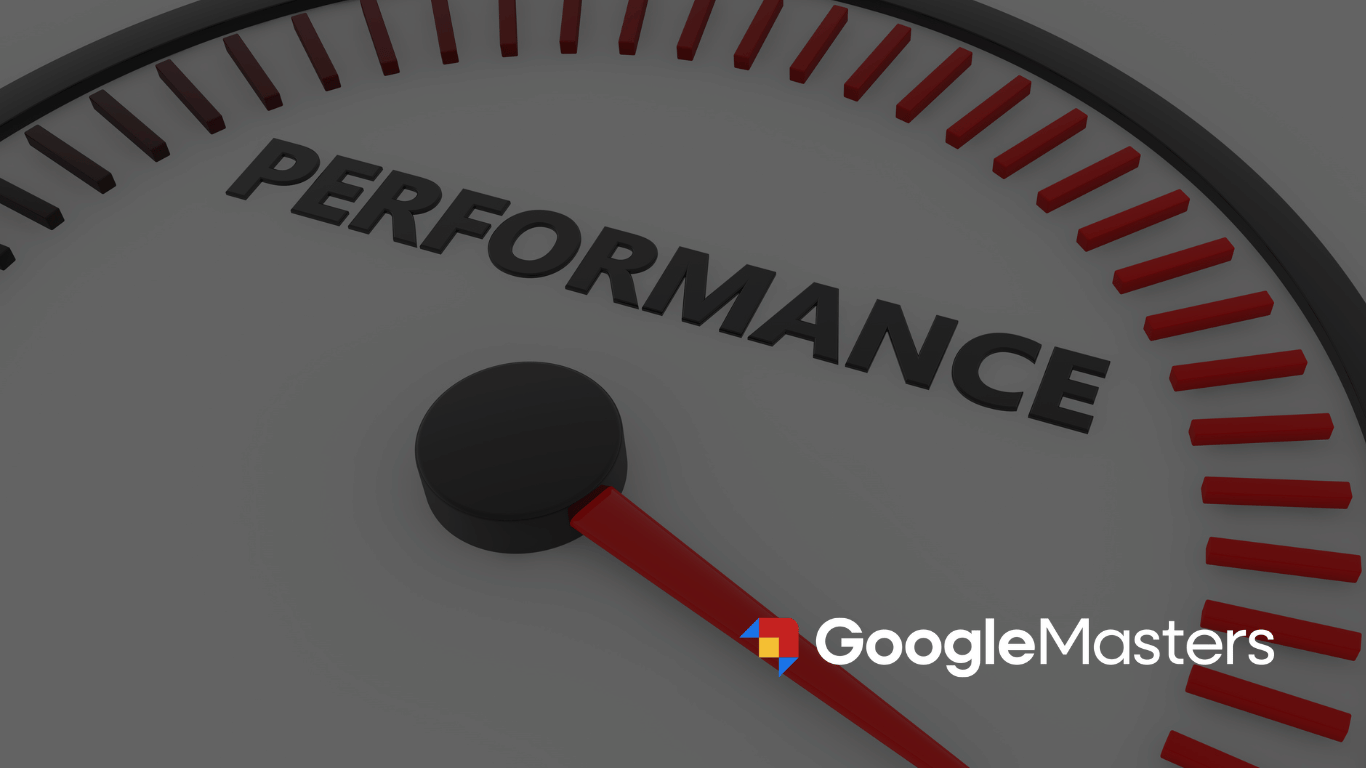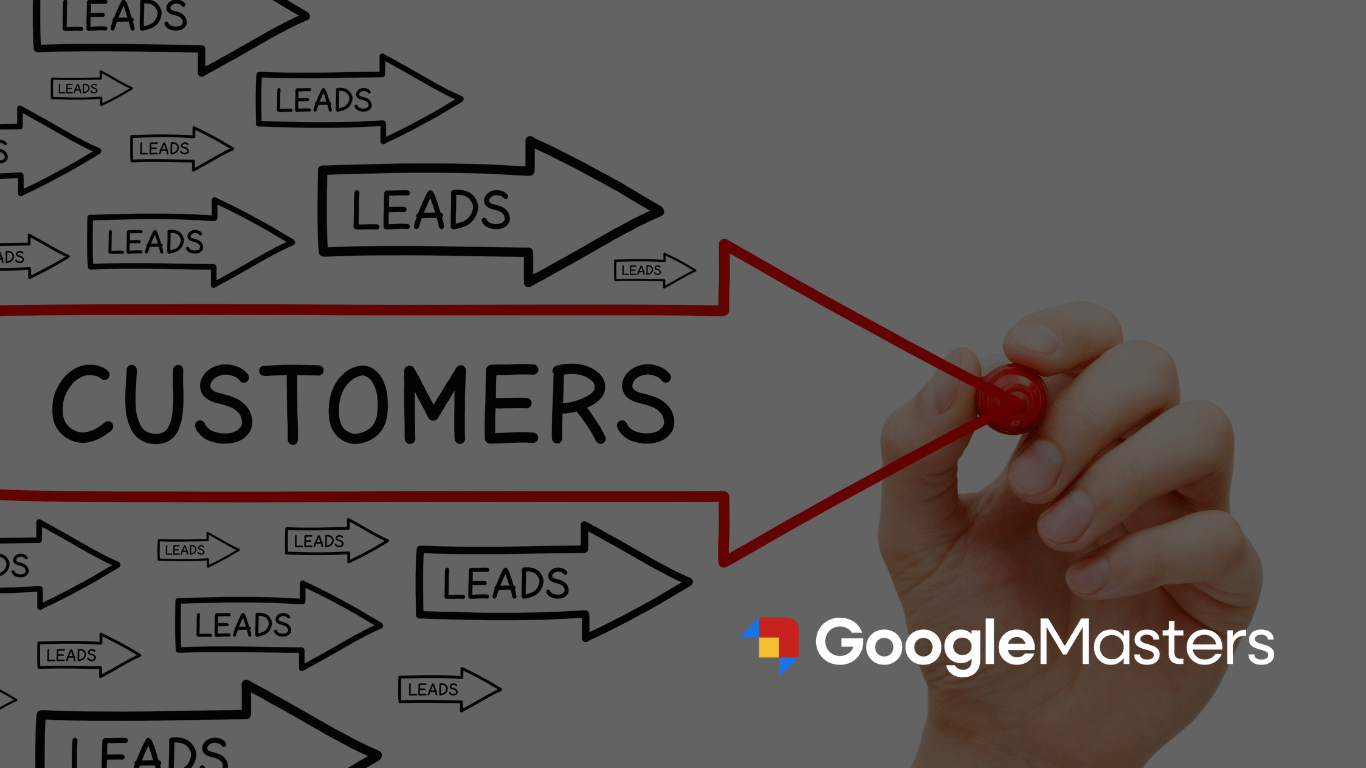For advertisers, securing a top position on Google’s search engine results page (SERP) is an attractive goal. It brings visibility, drives clicks, and enhances credibility. However, many marketers are surprised to learn that the advertiser holding that top position may actually be paying the least per click compared to others. This surprising phenomenon is due to Google’s unique and sophisticated ad auction system, which values relevance and quality over pure bidding power. Here, we’ll explore the mechanics behind Google’s ad auction and why the top advertiser often ends up paying less per click.
Understanding Google’s Ad Auction System
Google Ads runs on an auction system to determine ad placement. Every time a user searches for a keyword that an advertiser is bidding on, an auction takes place in a fraction of a second. Here’s a simplified breakdown of how it works:
- Advertisers bid on keywords they think their target audience will search for.
- Google assesses the relevance of each ad and its potential quality for the user by evaluating factors such as ad copy, keyword relevance, and landing page quality.
- An ad rank score is calculated for each ad based on a combination of bid amount and quality score (a measure of ad relevance and expected user experience).
- The ad with the highest ad rank appears in the top position, and subsequent ads are placed in descending order based on their ad rank scores.
Importantly, Google’s ad auction is designed to prioritize high-quality, relevant ads, which keeps users happy and encourages repeat searches. The winning bid for each ad position is not solely based on how much an advertiser is willing to pay but also on the quality score, which has significant cost-saving implications for advertisers who produce relevant, high-quality ads.
Quality Score: The Key to Paying Less in the Top Position
Google introduced the quality score to create a fairer bidding environment and improve the user experience. Quality score is calculated based on several key factors:
- Expected Click-Through Rate (CTR): Google’s estimation of how likely people are to click on your ad.
- Ad Relevance: How closely the ad matches the intent of the user’s search query.
- Landing Page Experience: The quality, relevance, and transparency of the page linked to the ad.
Google wants to deliver ads that are useful to users, so they reward advertisers with high-quality scores by allowing them to achieve better positions at lower costs. If your ad has a higher quality score than a competitor’s, you could secure a higher position without needing to outbid them. This means the top ad position may actually have a lower cost per click (CPC) than the second or third ad, where advertisers with lower quality scores might need to bid more to reach their desired position.
How Ad Rank and CPC Are Calculated
Google’s ad auction formula rewards ads with high quality scores by giving them a significant edge over competitors with less relevant ads. The formula for determining ad rank and cost per click can be summarized as:
- Ad Rank = Max Bid × Quality Score
- CPC = (Ad Rank of the Ad Below You / Your Quality Score) + $0.01
In this way, the CPC an advertiser pays is based on the ad rank of the next-highest bidder and their own quality score. The advertiser in the top position only pays a minimal amount over the ad rank required to outrank the second position.
Why This Benefits High-Quality Advertisers
If an advertiser achieves a high quality score, they’re rewarded in multiple ways:
- Lower Costs per Click: A high quality score means the advertiser can secure a top position without paying the maximum bid. They only pay slightly more than the next-highest bidder, which keeps CPCs low.
- Increased Ad Visibility: A top ad position maximizes visibility and click-through rates without necessarily increasing costs.
- Higher Return on Investment (ROI): When CPCs are lower and clicks are relevant, advertisers gain more value from their ad spend, enhancing overall ROI.
An advertiser with a lower quality score may have to bid significantly more just to achieve a second or third position, making their advertising efforts costlier than those of the top-position advertiser with a strong quality score.
The Strategic Advantage: Focusing on Quality Score
For advertisers, this cost-efficient strategy emphasizes the importance of quality over sheer budget allocation. Here are several steps advertisers can take to improve their quality scores and achieve top positions at lower costs:
- Refine Keyword Targeting: Bid on keywords that directly align with your product or service, and exclude irrelevant keywords that can lower your CTR.
- Write Compelling, Relevant Ad Copy: Craft ads that address user intent, highlight benefits, and include a strong call to action. Relevant ads increase click-through rates, improving quality score.
- Optimize Landing Pages: Ensure that your landing page matches the ad content and provides users with valuable, relevant information, while also loading quickly and providing a positive user experience.
- Analyze and Adapt: Regularly monitor your ad performance and make data-driven adjustments to keywords, bids, and ad copy based on which ads drive the best results.
By focusing on quality rather than just increasing bid amounts, advertisers can effectively capture top positions, keep costs low, and gain a competitive edge.
Case Study: How High Quality Scores Lower CPCs
To illustrate, let’s consider a simplified example:
- Advertiser A has a maximum bid of $2.00 and a quality score of 10.
- Advertiser B has a maximum bid of $4.00 and a quality score of 5.
Advertiser A’s Ad Rank: $2.00 × 10 = 20
Advertiser B’s Ad Rank: $4.00 × 5 = 20
Both advertisers have the same ad rank, but Google awards the top position to Advertiser A due to their higher quality score. Despite bidding less, Advertiser A achieves the top position and pays a lower CPC because they only pay slightly above what it takes to surpass Advertiser B’s ad rank. This demonstrates how a high-quality score can enable advertisers to achieve a high ad position with lower bids.
Conclusion: Quality Over Quantity for Sustainable Success
In Google’s ad auction, holding the top position doesn’t mean spending the most money—it means playing by Google’s rules for relevance and user experience. The advertiser with the best quality score often captures the top position at a lower CPC, benefiting from Google’s reward for relevance and quality.
Ultimately, by focusing on ad relevance, keyword alignment, and user experience, advertisers can improve their quality scores, achieve higher ad ranks, and save on CPCs. This focus on quality over quantity is a sustainable approach that not only minimizes ad spend but also enhances the effectiveness of advertising efforts on Google.






